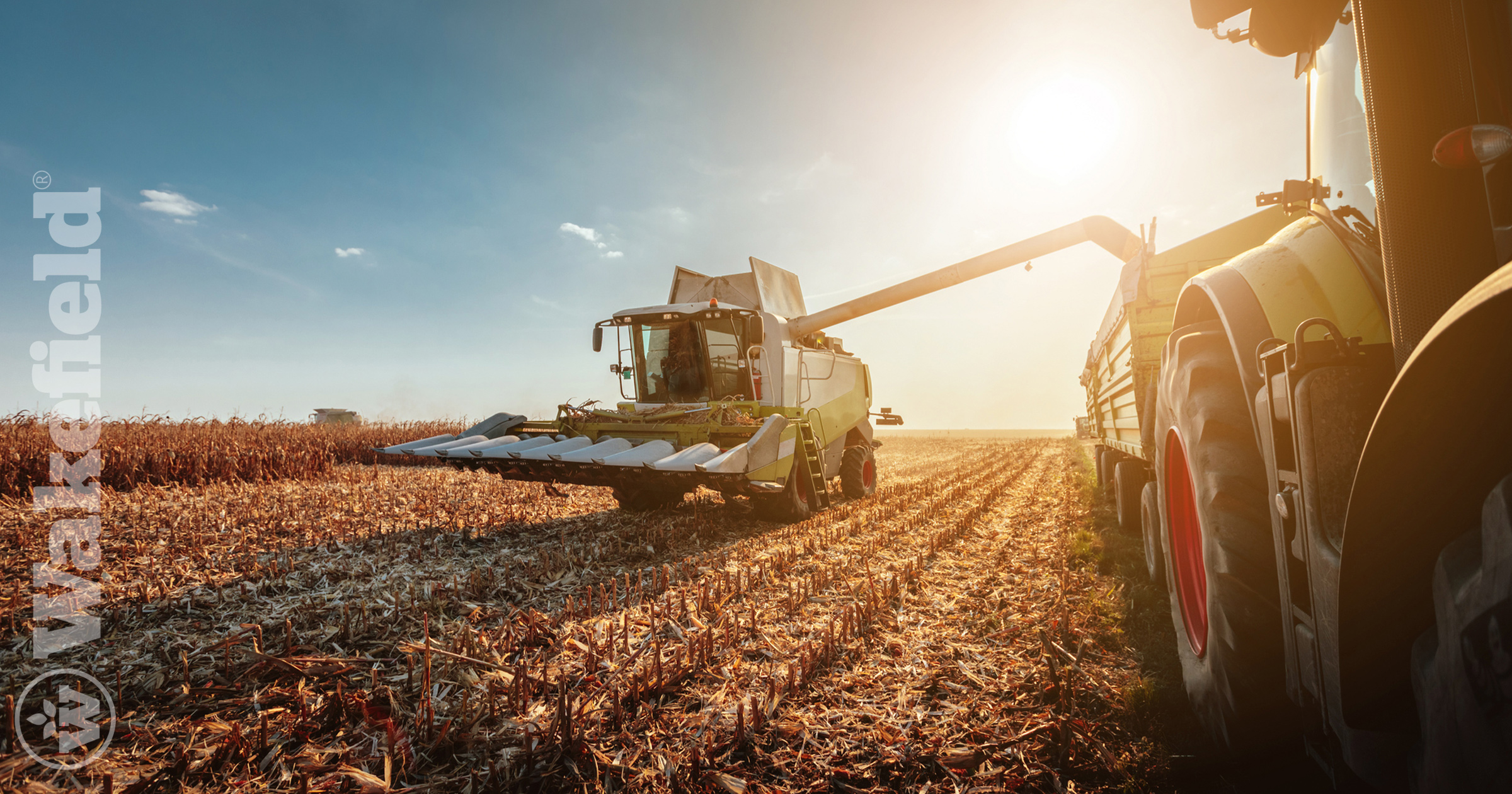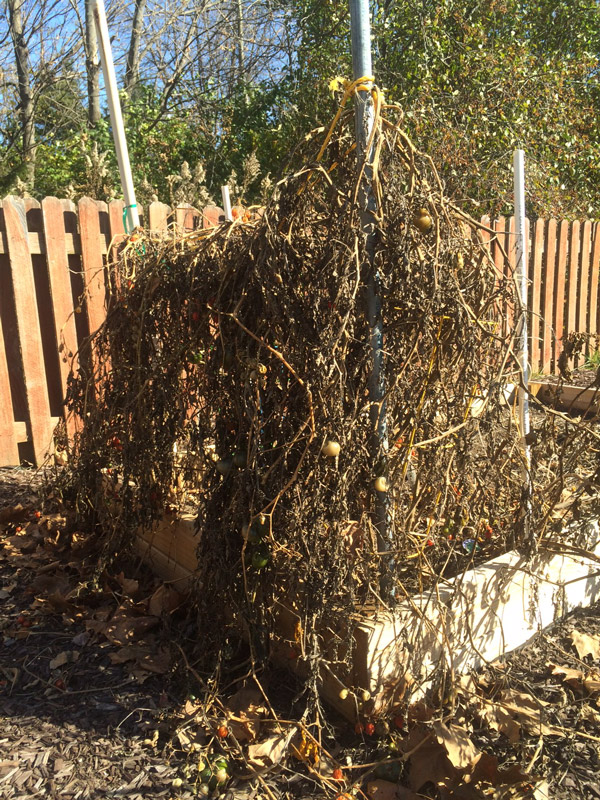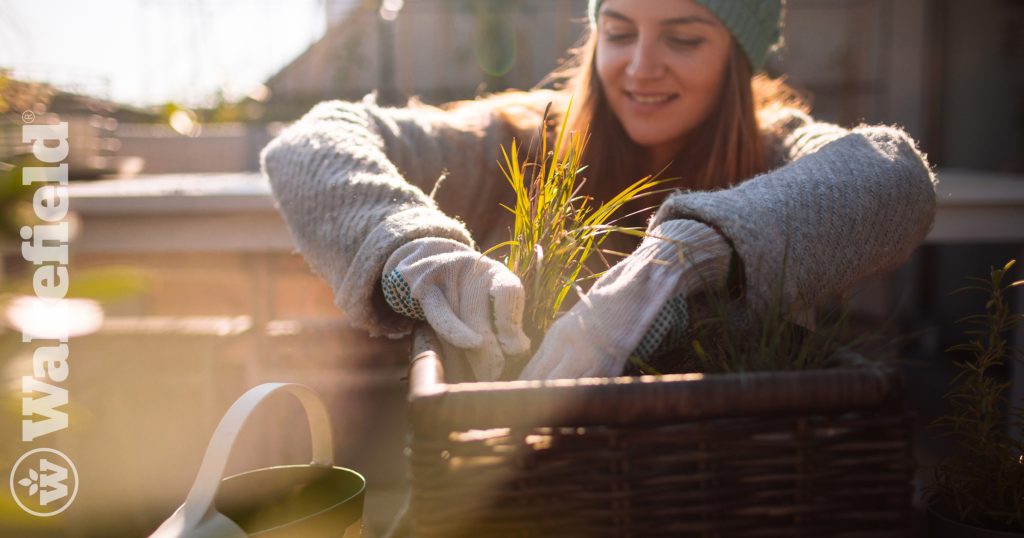The Fall Growing Season Is Over. What Do You Do Now?

As the fall growing season ends and winter approaches, it’s the perfect time to prepare your garden for next year. Even though your garden might look like it’s going to sleep, there’s plenty you can do to get ready for a great growing season next year. Here are some easy steps to take and how Wakefield BioChar can help make your garden even better.
1. Clean Up Your Garden

Start by clearing away dead plants, weeds, and any debris from your garden beds. This helps keep pests and diseases away. Add the plant waste to your compost pile to make nutrient-rich compost for next year.
Wakefield BioChar Tip: Mix Wakefield BioChar into your compost. It helps compost break down faster by improving air flow and holding onto moisture. Plus, it gives beneficial microbes a great place to live, making your compost richer.
2. Mulch Your Garden Beds
Putting a layer of mulch on your garden beds protects the soil during winter. Mulch helps keep the soil temperature steady, holds onto moisture, and stops weeds from growing.
Wakefield BioChar Tip: Blend Wakefield BioChar with your mulch. Biochar improves soil structure and adds nutrients. Mixing it with mulch makes your soil healthier and ready for planting.
3. Test and Improve Your Soil
Fall is a great time to test your soil’s pH and nutrient levels. Based on the results, you can add what your soil needs to be ready for planting next year.
Wakefield BioChar Tip: Use Wakefield BioChar to improve your soil. Biochar helps balance soil pH, holds onto nutrients, and improves soil structure. This keeps your garden soil fertile and healthy.
4. Plant Cover Crops
Planting cover crops like clover, rye, or legumes can stop soil erosion, improve soil fertility, and keep weeds down during winter. When they decompose, they add organic matter to the soil.
Wakefield BioChar Tip: Mix Wakefield BioChar into the soil when planting cover crops. Biochar helps cover crops grow better by improving soil air flow and water retention. Together, biochar and cover crops make your soil healthier.
5. Care for Your Equipment for the Upcoming Winter Season
Clean, sharpen, and store your gardening tools properly. This keeps them in good shape and ready to use when spring arrives.
Wakefield BioChar Tip: While Wakefield BioChar is great for your soil, remember that taking care of your tools is important too. Use this time to learn more about biochar and how it can benefit your garden.
Wakefield BioChar Tip: As you plan, think about where you can use Wakefield BioChar in your garden. Whether you’re growing vegetables, flowers, or shrubs, biochar can help your plants grow better. Plan how much biochar you’ll need and where to use it for the best results.
Just because the fall growing season is over doesn’t mean your gardening is done. By following these steps, you can make sure your garden is ready for winter and set for success next spring. Wakefield BioChar is here to help you every step of the way, offering products that improve soil health and support sustainable gardening. Get ready for a fantastic garden next year with the help of Wakefield BioChar.
Better Soil. Better World. Happy growing!







